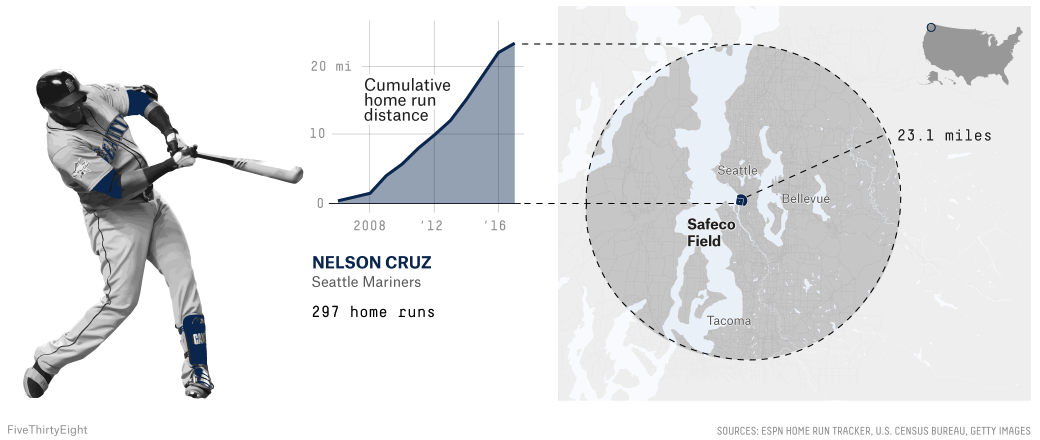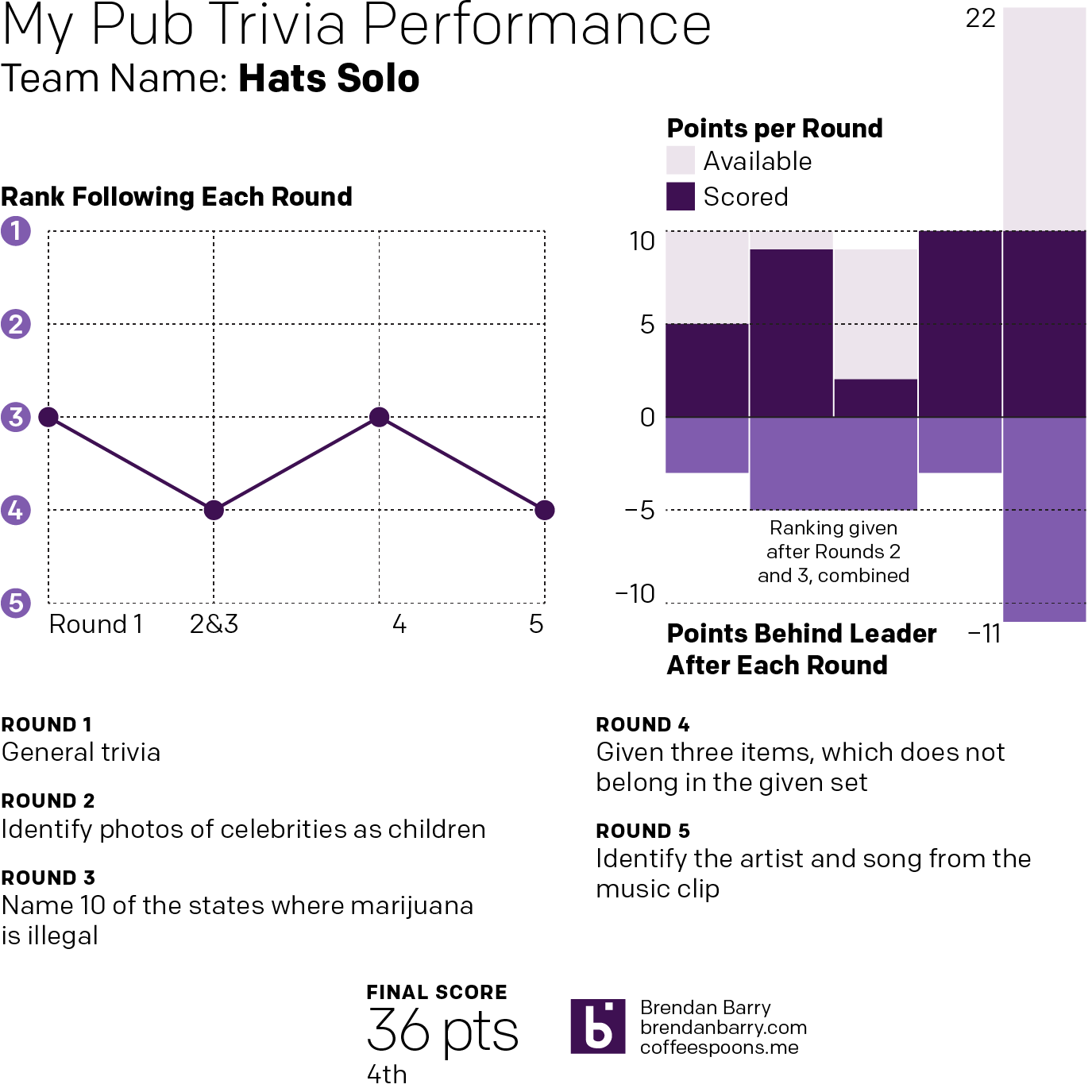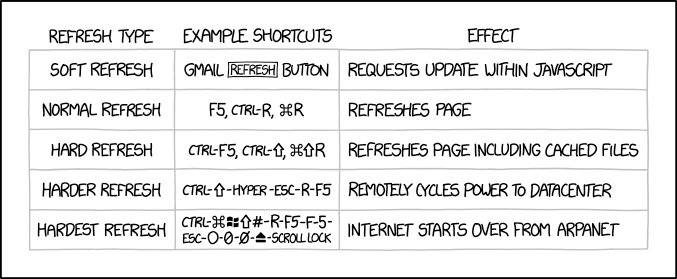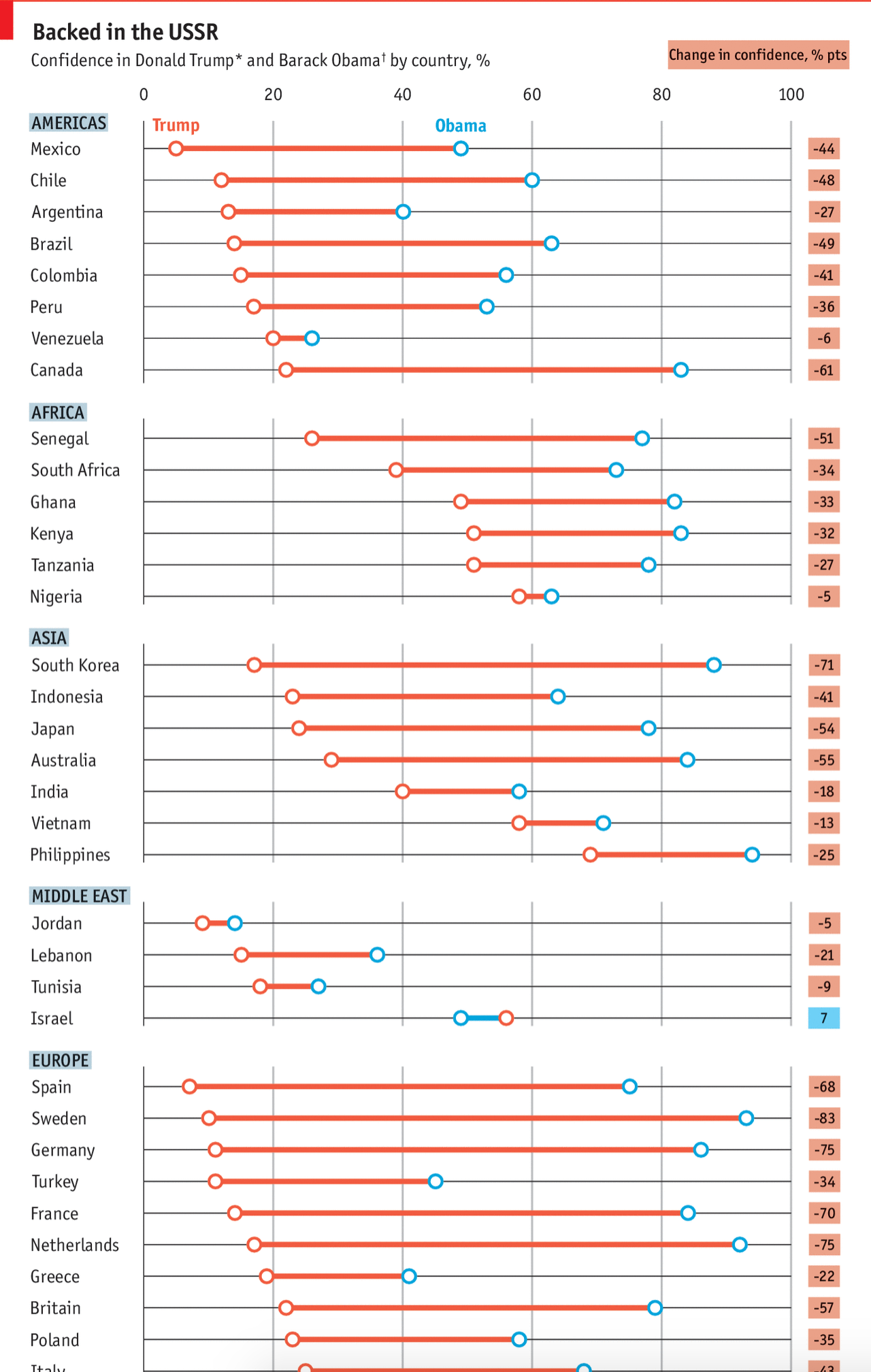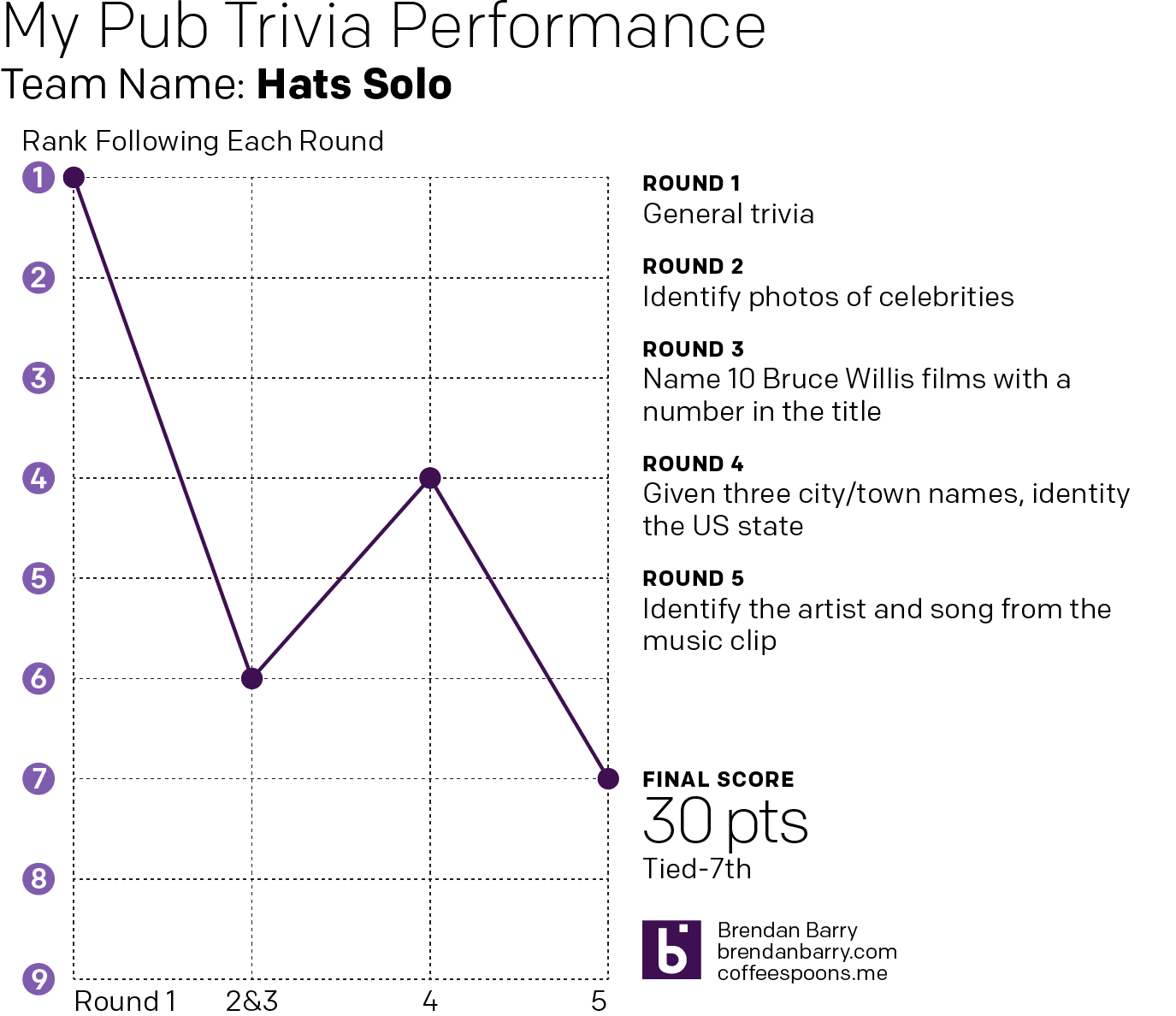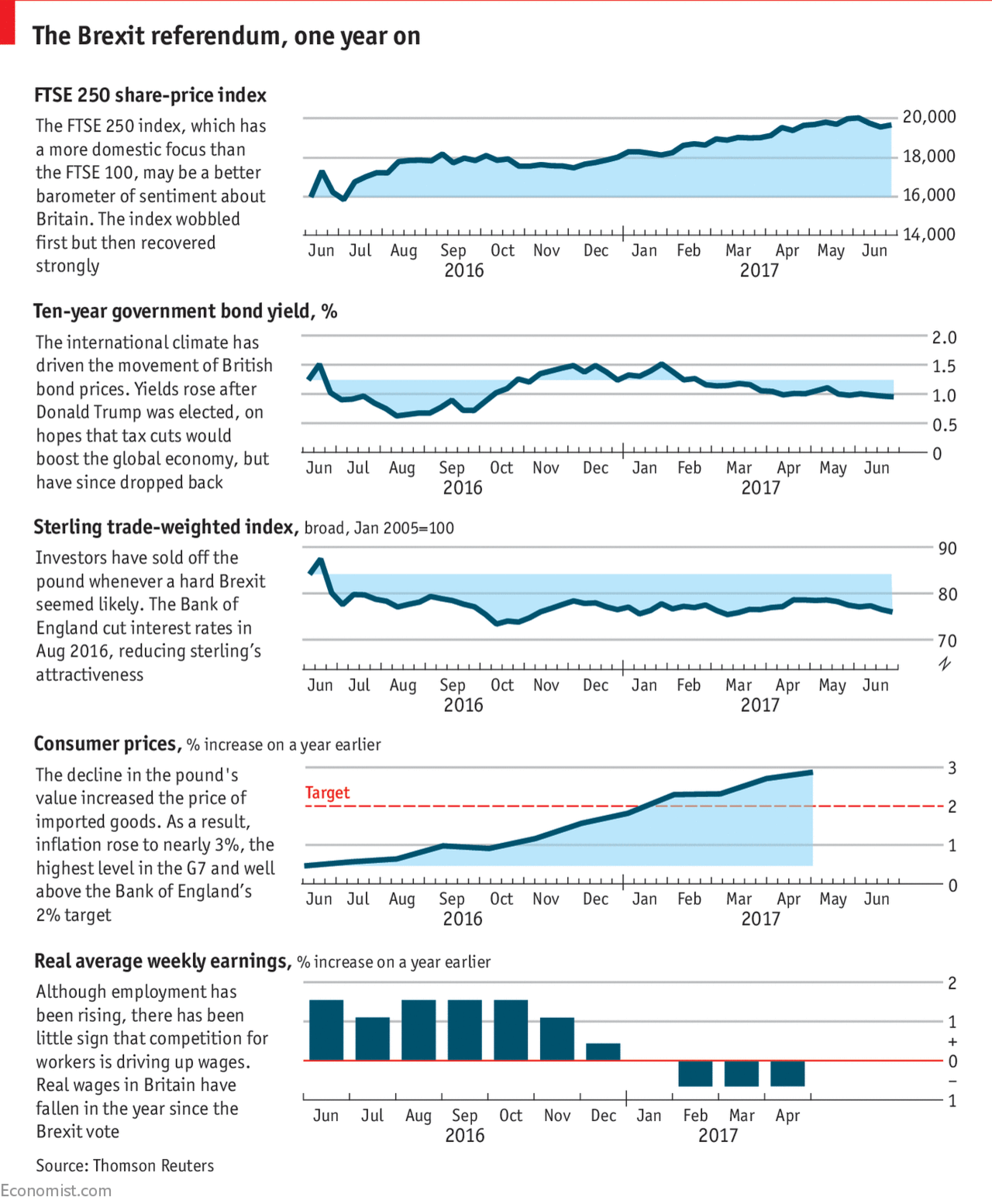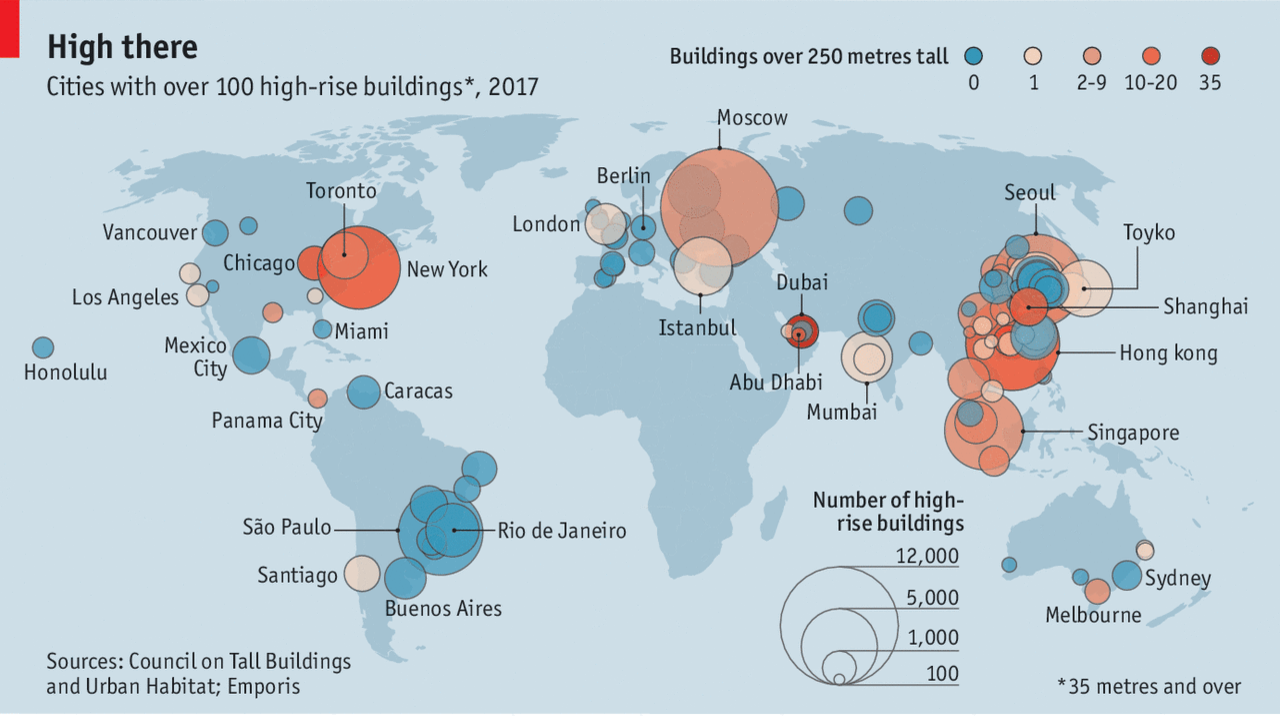You all know that I love small multiples. And we have been seeing them more often as representations of the United States. But today we look at a small multiple map of London. The piece comes from the Economist and looks at the declining numbers of pubs in London. With the exception of the borough of Hackney, boroughs all across London are seeing declines, though the outer boroughs have seen the largest declines.
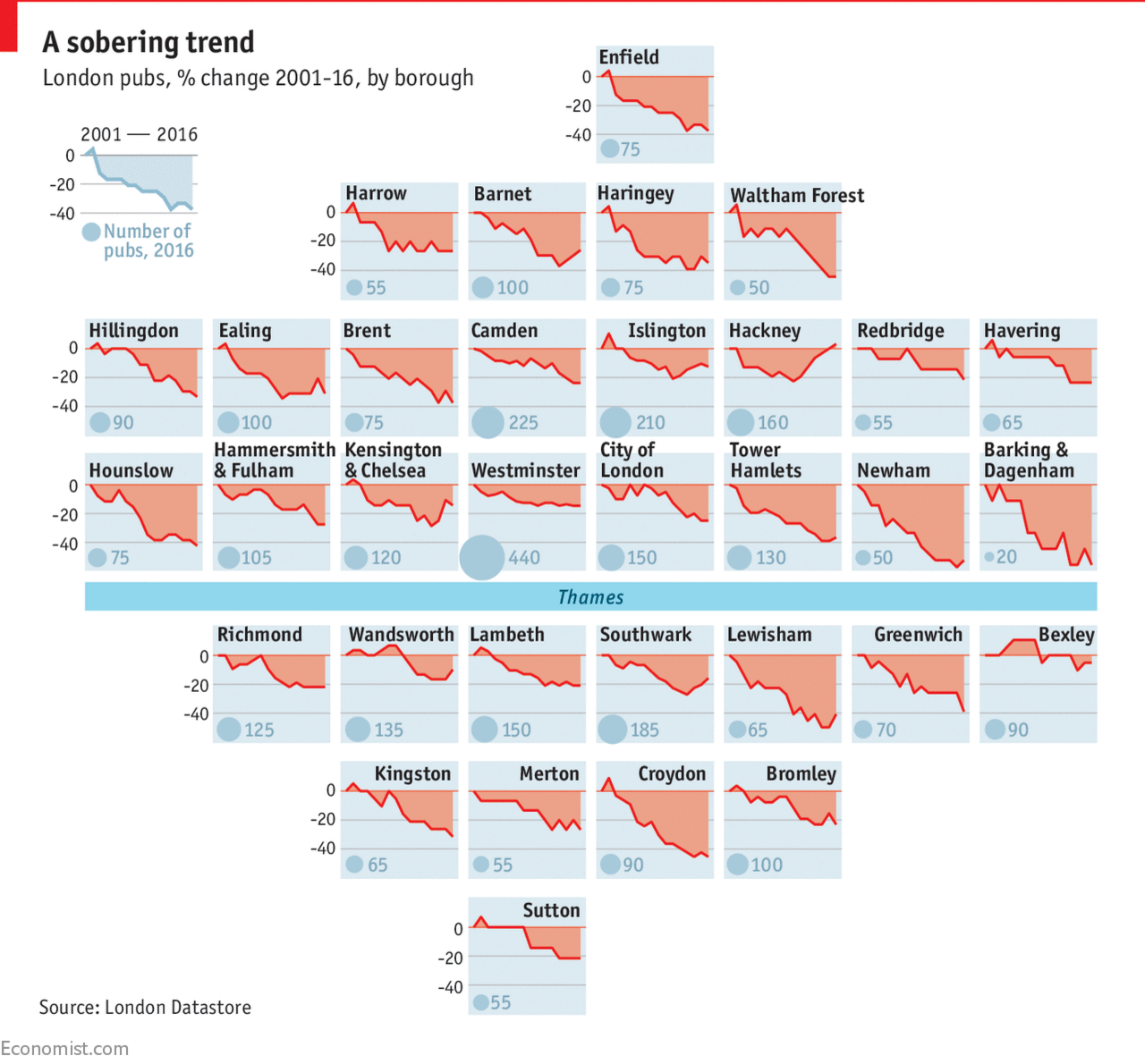
The only thing that does not work for me is the bubble in each tile that represents the number of pubs. That gets lost easily among the blue backgrounds. Additionally, the number itself might suffice.
Credit for the piece goes to the Economist graphics department.

